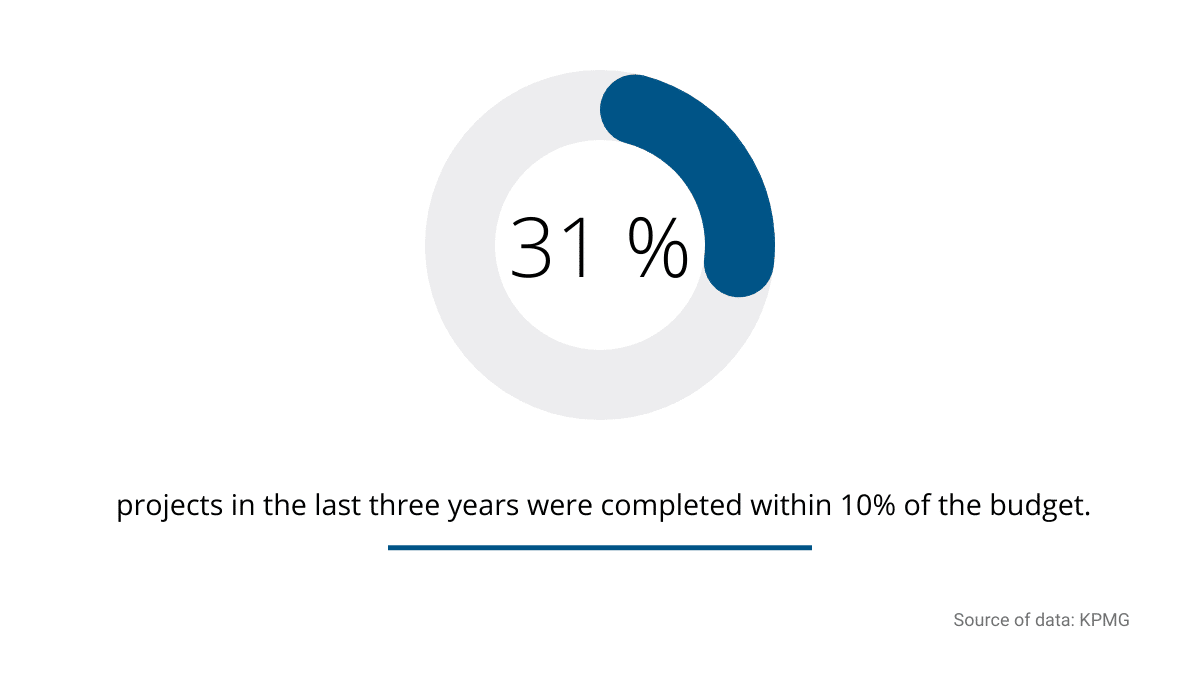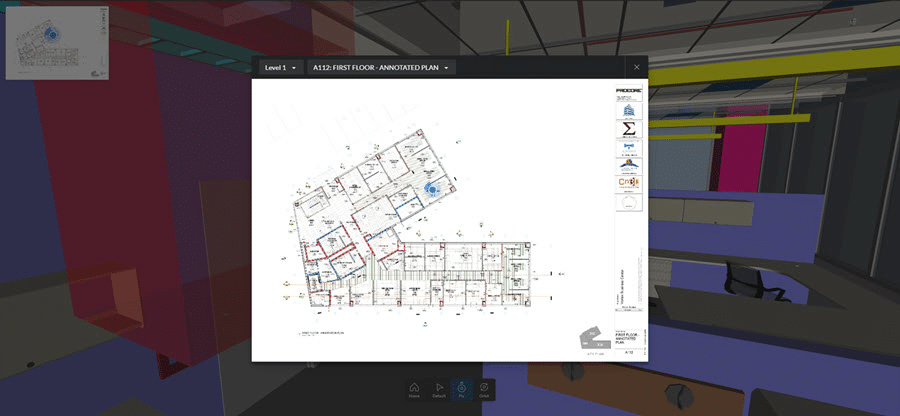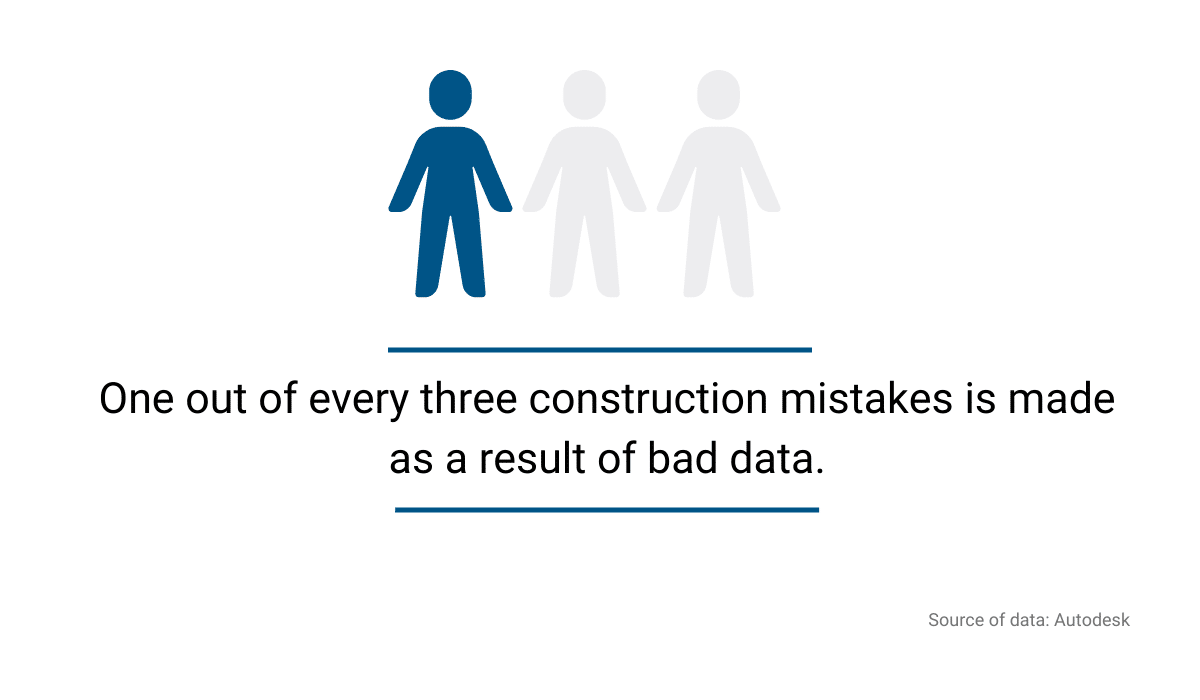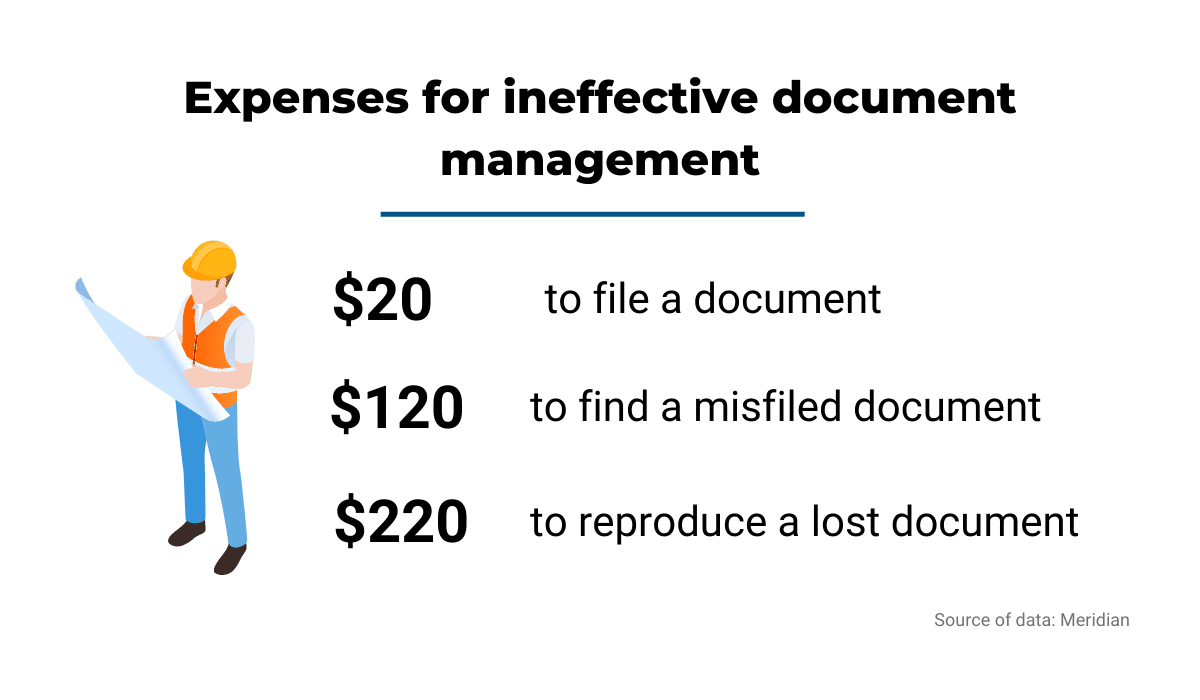From contracts and building plans to permits and subcontractors’ invoices, there are countless documents to handle within a construction project.
Though this process is burdensome, construction document management is crucial for any construction company.
How else can you ensure regulatory compliance, note changes, and communicate updates to clients?
But while implementing an efficient construction document management process is evidently necessary, let’s highlight some key benefits.
This could help you take this process more seriously and prioritize strategies to grow your business.
In this article...
Improved Communication
Most problems in construction happen because people are not communicating and collaborating efficiently. Ask yourself this.
How are you managing and capturing your information? Can your employees share new and updated information with each other easily?
Silos in construction happen too often, significantly impacting productivity, workflow, and project outcomes.
People in the office might be working with the latest documents, but if that information is not shared with those in the field, you are liable to break deadlines and face costly reworks.

Think about it this way. Construction projects are incredibly dynamic, and changes occur day to day, even hour to hour.
If field workers have any problems installing windows or laying foundations, the office needs to be informed promptly to address the issues.
If these problems are not documented and shared with other people, they can snowball and cause significant delays.
Proper construction document management will significantly improve collaboration between different stakeholders.

You also need to remember that not all stakeholders can be present during all meetings, so good document management can help everyone stay in the loop concerning the most recent developments.
Additionally, departments like accounting can easily verify material requests and reduce time spent on administrative tasks.
It’s also important to note that standardized forms and procedures are a crucial aspect of effective document management.
Even people coming in later phases of the construction process need to be able to read and understand your project documents.
Or in other words, don’t be like this construction company.

Basically, good construction document management keeps everyone on the same page about the project requirements and improves collaboration in high-stakes decision-making.
Fewer Cost Overruns
They say that only two things are certain in life: taxes and death. We can also add cost overruns to the list when it comes to the construction industry.
Rarely will you find a construction project that came within or under budget. In fact, according to a KPMG survey, only 31% of projects were completed within 10% of the original budget.

This means that all surveyed construction companies broke their budgets, while only a third of them managed to keep it close to the original budget estimate.
On the one hand, this issue is understandable due to numerous factors and difficulties that construction companies deal with.
Unfortunately, all of these problems cost money. Yet, even when a problem is unavoidable, it doesn’t mean it can’t be handled in a better way.
One contributing factor to budget overruns is failing to manage documents properly.
It’s easy to lose track and overspend when you don’t record all project expenses and review them against the original estimates.

Naturally, you don’t have to calculate every screw and bolt used in the project (though that can help!), but tracking costs through organized documentation will help you keep the highest costs down.
Namely, material procurement, assets, and labor expenses.
Construction companies with a good document management process can extract more valuable data, resulting in fewer budget overruns.
According to the latest survey conducted by Autodesk, this was true of 61% of companies.
Or, to put it differently, when contractors work with an updated set of documents, it’s easier to prioritize and implement cost-effective changes.
Then they can focus on important tasks and keep the costs down.
All in all, even though cost overruns are expected, with good document management, you can keep those additional expenses to a minimum.
Creates a Single Source of Truth
We often hear the term “single source of truth’’ in construction. But what does it mean exactly?
Essentially, it indicates that companies have a centralized system that captures documents, data, and other information from numerous sources.
Instead of relying on different channels and platforms, everything is stored in one place.
In construction, it means that plans, photos, 3D models, reports, permits, and other documents are gathered in one system that’s easily accessible and searchable.
That way, finding the right information is more optimized and transparent.

So, if you need to make a quick decision regarding a project, it’s far easier to log into a centralized system where you’ll find the right document with a few clicks.
Your entire team can significantly benefit from a reliable single source of truth rather than chasing down essential data through emails or paper reports.
Let’s face it, when you’re dealing with construction documents, the reality is that you’re not managing 10 or 20 different pieces of paper.
You’re probably looking at a mountain of 100 or more documents, like this contractor on Reddit.

Now, imagine if those 300 project documents were scattered in various places, like emails, messaging apps, or filing cabinets.
You could easily lose hours trying to find the right document or give up in the first place.
In that case, one of the best ways to integrate numerous documents is to digitalize them and invest in construction software.
When you need immediate access to real-time data, an automated centralized system is a key to preventing duplications, reducing errors, and better collaboration.

Not to mention that it’s much faster to type a few keywords in a search bar than spend hours looking through dusty file cabinets.
In the end, how you store your documents plays an integral part of construction document management and retrieving the right information for all stakeholders.
Makes Any Audits Easier
You can do everything right, but if you don’t keep accurate records of everything happening on the construction site, you could be putting yourself in a dangerous position.
Disputes happen all too often in construction, and a single missing project document can mean the difference between winning or losing a lawsuit.
Imagine that a client approached you and asked about a specific change order.
You’ve done everything that was requested, but the client insists that you show them documents explaining the change. Yet, you’ve searched everywhere, and you can’t find what you need.
This puts you in a delicate situation because they might refuse to pay for the change, or even take legal action against you.

Think about construction documents as a sort of memory trail of every construction project. They will gather all relevant information and capture progress day by day.
So, if a client wants to dispute something, you have data and documents to back you up.
But document management is not just useful for handling lawsuits, it’s also necessary for different types of audits.
You can expect more frequent audits and scrutiny if you’re working on government projects.
This is because they involve more regulation than residential projects, especially regarding quality control, finances, labor rights, or contract claims.
Or in other words, even a single missing screw needs to be recorded and reported.

Therefore, you are obligated to keep documentation that will track all communication, transactions, and modifications.
Here are some types of documents that you need to properly manage to stay compliant:
- Receipts
- Invoices for materials
- Payments for subcontractors and vendors
- Building plans
- Contracts
- Health and safety documents
Having these documents on hand provides a permanent record of the project construction, events, and actions for review.
Moreover, it is an essential industry practice to protect companies from legal issues and provide proof for audits.
Reduces the Chance of Mistakes
Another great benefit of document management is reducing mistakes.
When people work off outdated or wrong information, it’s easy to make mistakes that lead to costly reworks.
This is even more pronounced in large projects where information gets lost on its way from the office to the field.

With so many people working on the project and changes happening too fast, you can expect someone to miss certain updates and make mistakes.
Most frequently, this is because changes and decisions are made without a proper paper trail.
Project managers will discuss changes with other stakeholders over the phone or in closed meetings without capturing them in writing.
So, when there are no written project plans, it leaves much room for interpretation and poor decisions, leading to a higher frequency of costly construction mistakes.
According to the previously mentioned Autodesk survey, almost 33% of mistakes in construction happen because of bad data.
This means that key stakeholders were working with outdated information or plans and made poor decisions during construction.

Following that, it’s not just necessary to have project documents everyone can work from. They also need to be updated regularly to avoid the most common mistakes.
Unfortunately, construction mistakes will always happen, but good construction document management will ensure they don’t happen too frequently.
Accessibility
Construction documents allow the entire construction team to bring projects to successful and timely completion.
But they can only do that if they have access to updated documents that are easily shareable and searchable.
Keep in mind that searching for documents is not just time-consuming but also expensive. Meridian estimates that workers spend 30-40% of their time looking for documents.
When you turn that into monetary value, companies can spend up to $360 per employee on unnecessary document management activities.

Because of this, many companies rely on cloud-based software to make the necessary documentation available to all interested parties in a timely manner.
Construction document management costs are reduced, and workers spend more time on their primary tasks.
But here are some other ways accessibility in document management helps construction companies.
The first is that most construction software also comes with corresponding apps.
When you’re working on a construction site, easily accessing project documents is essential—and most workers carry smartphones on the job.
Logging into an app is a faster way of getting the right information and finishing tasks at hand to keep the project progressing according to plan.

Second, clients have a more transparent way of assessing project progress and daily changes.
If construction documents are stored in a cloud-based system, they can quickly check different aspects of the project from wherever they are.
It allows for a better understanding of project progress and final outcome, but also more effective communication.
What is more, this level of transparency reduces the number of disputes that can result from disorganized and inaccessible document management.
In a nutshell, accessibility is the key link that enables companies to reap all the other benefits of construction document management we’ve already discussed.
Without access to construction documents, communication and collaboration can suffer. Then, mistakes can happen more frequently, and audits will take longer to complete.
In the end, if you want a more organized company, then implement construction software, so everyone can access key documents at all times and whenever they are.
Conclusion
Construction document management might seem like an overwhelming task, but the benefits far outweigh the trouble of daily document handling.
With the right document management processes, you can improve communication, control your project budget, reduce mistakes and streamline your audit process.
This results in a faster project turnover and more successful project outcomes that will create more profits for the company and greater satisfaction for clients.
This article will teach you about six important construction document management benefits and help you grow your business.





